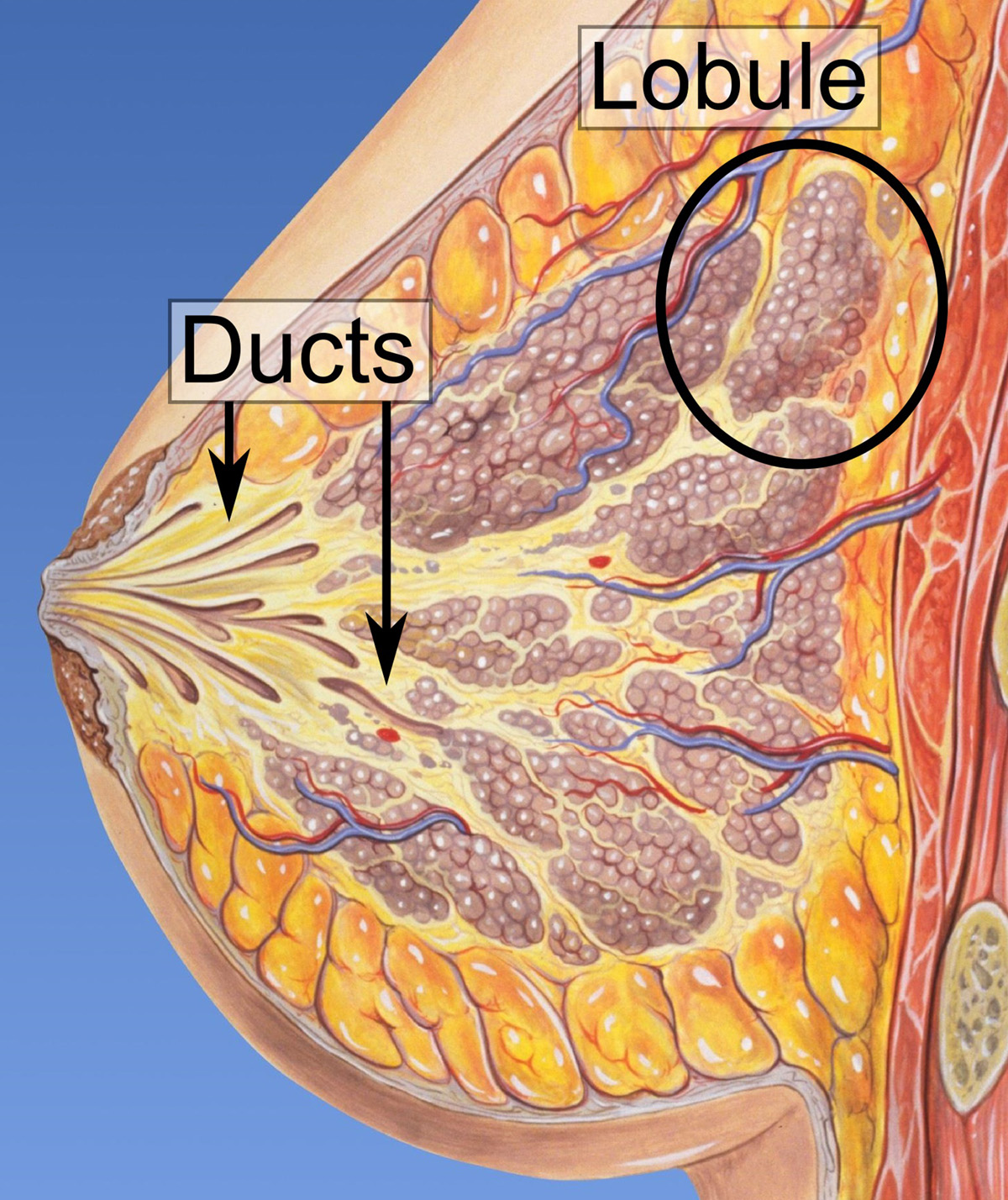
Causes and symptoms of plugged milk duct
Sometimes during breastfeeding period milk ducts, which carry the milk from the glands to the nipple, may get plugged. It happens if the milk is not drained well and plugs the ducts. This results in a tender lump beneath the nipple and the areola. It is also possible to have some redness extending backwards from the lump.
Plugged milk ducts do not mean mastitis. Mastitis is rather a complication, an infection which occurs after milk ducts get plugged.
The pain, which is one of the symptoms of plugged milk duct, goes away after the duct is unplugged. Unlike mastitis, plugged milk ducts usually do not cause a woman to feel ill, with fever and other symptoms.
How to treat plugged milk ducts
There are many tips and tricks on treating and preventing blockage of milk ducts.
The golden rule for plugged ducts is to keep breastfeeding. It may be painful or uncomfortable, but the milk that is stuck needs to get out, otherwise the condition will get worse.
If the baby does not want to nurse or if he or she had enough to eat, the rest of the milk should be extracted by hand or using the pump.
When breastfeeding, it is recommended to start with the affected breast first, because the baby’s suction is strongest at the beginning of feeding and it is more likely to dislodge the plug.
Before breastfeeding, it can help to gently massage the breast starting from the top and going down the plugged duct towards the nipple. This will start the flog going. It also helps to change the baby’s position during breastfeeding, so all the milk can get out, and not just from one duct.
It also helps to apply warm or hot compresses before breastfeeding. The heat will help dissolve the plug.
Getting enough rest is very important. It can be helpful to nap-nurse the baby, lying down with the baby on the chest.
A pressure massage can also be effective in unplugging the milk ducts. In this technique the heel of the hand is placed on the end of the plugged duct and the breast is pressed more and more firmly, slightly moving downwards towards the nipple.
Even if a pressure massage does not get the plug out, it will dislodge it and move it closer to the nipple so it will be more likely that the baby’s suction will get it out.
Several studies have shown that taking dried lecithin or lecithin capsules may prevent milk duct plugs in the first place.




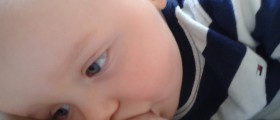
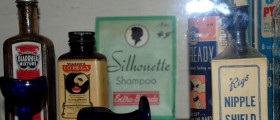



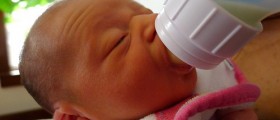

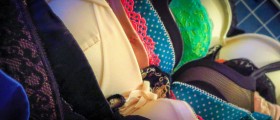
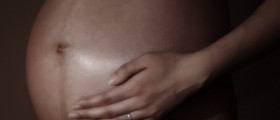


Your thoughts on this
Loading...